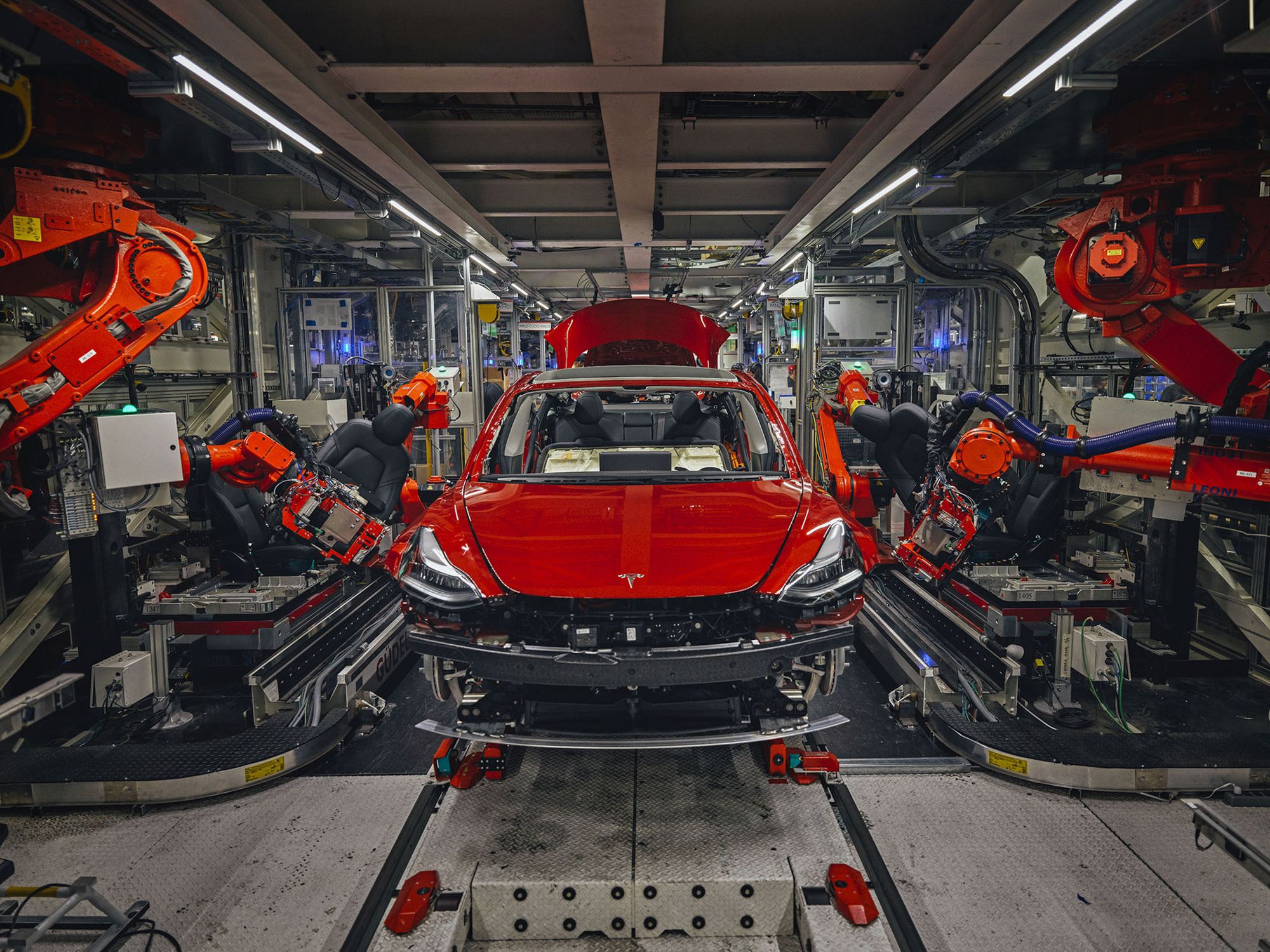The Tesla Model 3 has been in production for almost three years. Since its launch, the Model has been highly praised for aspects such as its high autonomy, its surprising efficiency, and its excellent features. However, some users have also criticized other less cared aspects, highlighting some quality problems present in many units.
Thus, there have been several customers who have verified that the paint layer of their units was fragile. This led to it degrading prematurely, in some cases rusting the body plate in the absence of protection, also, the imperfect adjustments of the panels of its bodywork, an aspect that, however, has been corrected over time in the new units.
According to some users, Tesla’s paint problems are due to adherence to California’s stringent environmental measures, which force the company to use paints that comply with that state’s regulations (remember that until the recent opening of Gigafactory 3 of Shanghai all the vehicles of the brand were produced in the Californian factory in Fremont), which results in less durable paint than in cars manufactured in other parts of the world.
The truth is that to this day, it is still not clear that this is the real reason for the paint problems of Model 3. As for the adjustment problems, these are simply because Tesla began to manufacture cars in series in 2012 by the Model S, so its experience is more limited than that of other manufacturers despite having more than a million manufactured vehicles on its back.
The Model Y, or at least the first units manufactured, has the same paint and adjustment problems as the Model 3, and some imperfections in the finish.

